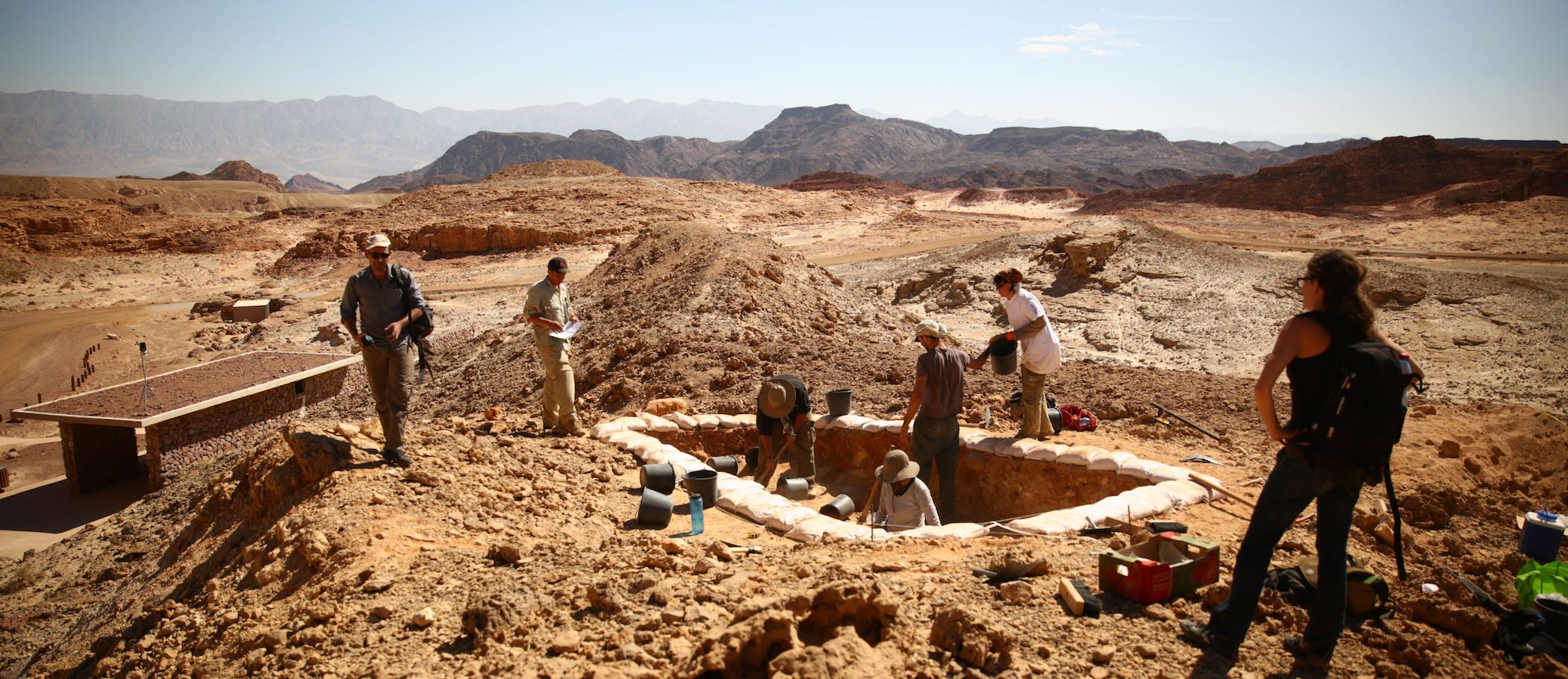When you purchase through links on our land site , we may earn an affiliate commission . Here ’s how it do work .
archaeologist have uncovered more than 100 ancient inscriptions carved into rock at Wadi el - Hudi , where theancient Egyptiansmined amethyst .
In addition to the carved - careen lettering , the research worker also found 14 stela ( inscription carved on a Harlan Stone slab or column ) and 45 ostraca ( lettering written on pieces of pottery ) .

One of more than 100 inscriptions that were recently discovered by researchers at Wadi el-Hudi.
Analysis of the newfound inscriptions is afoot . So far , archeologist can tell that many of the inscriptions date back around 3,900 years , to a prison term that advanced day archaeologists call the " Middle Kingdom . " Many of the ostraca date back around 2,000 twelvemonth , to around the sentence that Rome took over Egypt . [ See Photos of the Ancient Egyptian Mining Site & Inscriptions ]
Amethyst became wide popular in Egypt during the Middle Kingdom , a fourth dimension whenthe Pharaoh of Egyptlearned that Wadi el - Hudi is a good source for the cloth . " Once the [ pharaohs ] detect it , they kind of went bonkers to go get it , " Kate Liszka , the theater director of the Wadi el - Hudi expedition , tell Live Science . During the Middle Kingdom , " they were get it back and making it into jewellery and doling it out to their elect and their princess . "
Though Wadi el - Hudi was surveyed in the past by other scholars , niggling dig has been done and the resume missed many inscription . " The site is just so full of lettering behind every boulder and around every wall that they missed a lot of them " Liszka allege .

The squad is using 3D modeling , reflectance transformation mental imagery ( RTI ) and photogrammetry , among other techniques , to help find new inscriptions , map archeological remains and reanalyze inscriptions find out by scholars who survey Wadi el - Hudi in the past tense . This oeuvre has taken on a great urgency as innovative - day gold mines have opened in the area , do legal injury to archaeological remains .
Many mysteries
The squad is hoping that the lettering , along with other discoveries made during the archeological site , will molt light on the many mysteries surrounding Wadi el - Hudi .
For example , it ’s not clear if the miners were knead at the site of their own innocent will . " I do n’t know if I ’m excavate a legitimate colonisation where multitude were treat well or if I ’m dig up a prison house camp , " Liszka said . Some of the inscription say that the miners were lofty of their work , suggesting that they may have been there of their own free will . Also , so far , no bodies have been launch , suggesting that anyone who die was brought backto the Nile Valleyfor burial rather than left out in the desert , researchers say .
The inscriptions also show that there are seat where groups of soldiers were look down at the mines , lead researchers to wonder if these soldiers were protecting the miner or making sure the miners kept work . One dedication shows two soldiers wrestle each other while decease sentence .

Another mystery : How did the ancient Egyptian government get water to the miner ? The nearest potential well is 1.9 miles ( 3 kilometers ) away from Wadi el - Hudi , and it ’s possible that it was n’t in use long ago . " good - vitrine scenario , they were carry water for 1,000 to 1,500 hoi polloi a minimum of 3 kilometer , but perchance in from the Nile [ River ] , " which is about 18.6 mile ( 30 kilometer ) away , Liszka said .
During the dig , the squad find a secret , 3,400 - twelvemonth - old stela written in the name of a senior official named Usersatet , who was viceroy of Kush , a region to the Confederate States of America of Egypt . It dates to a metre when there was no mining activity at Wadi el - Hudi and the site had been abandon . This leave archaeologists with the interrogation of why someone disoblige to hang back the stela 18 . 6 sea mile into the eastern desert and entrust it at Wadi el - Hudi .
Originally put out onLive Science .
















